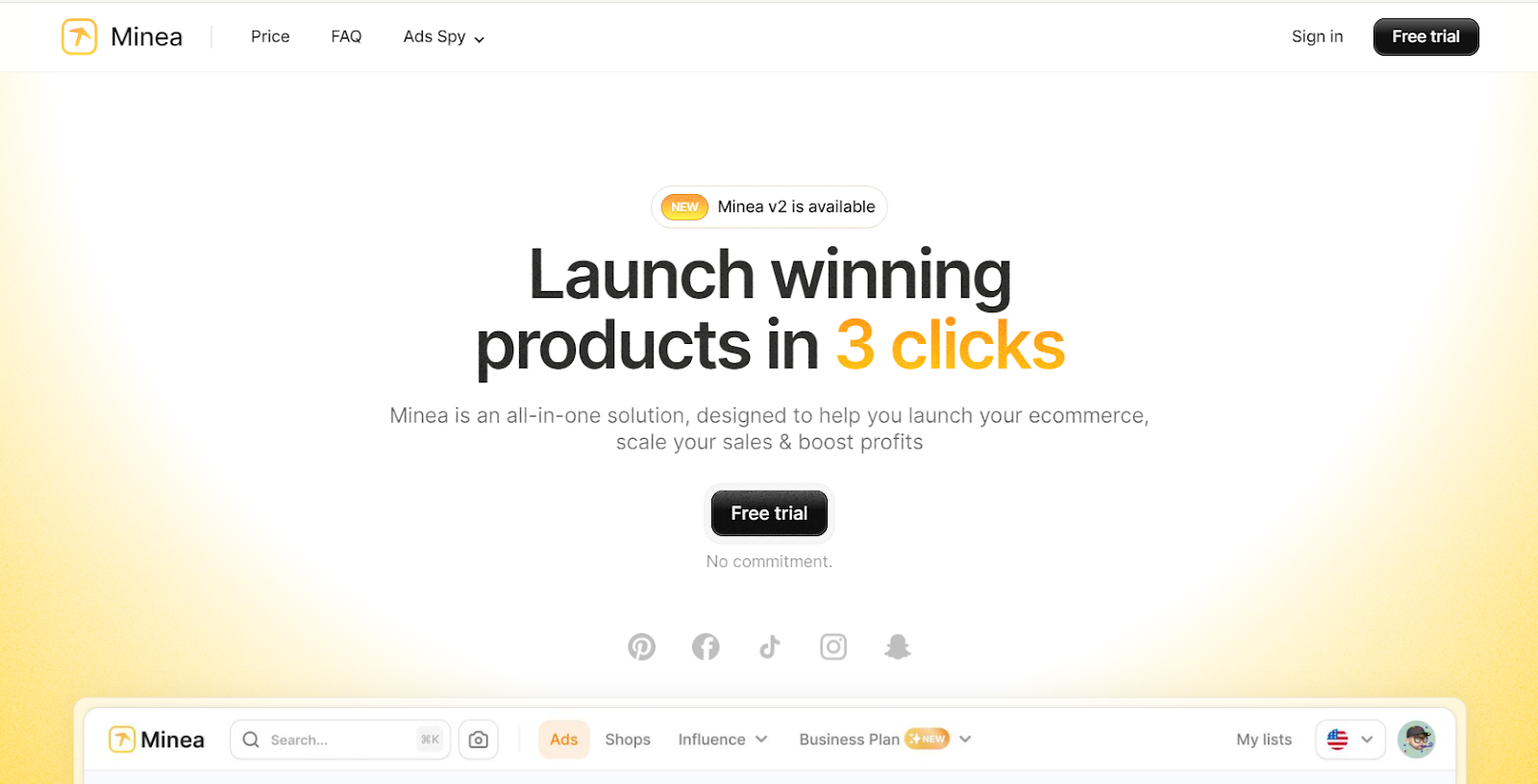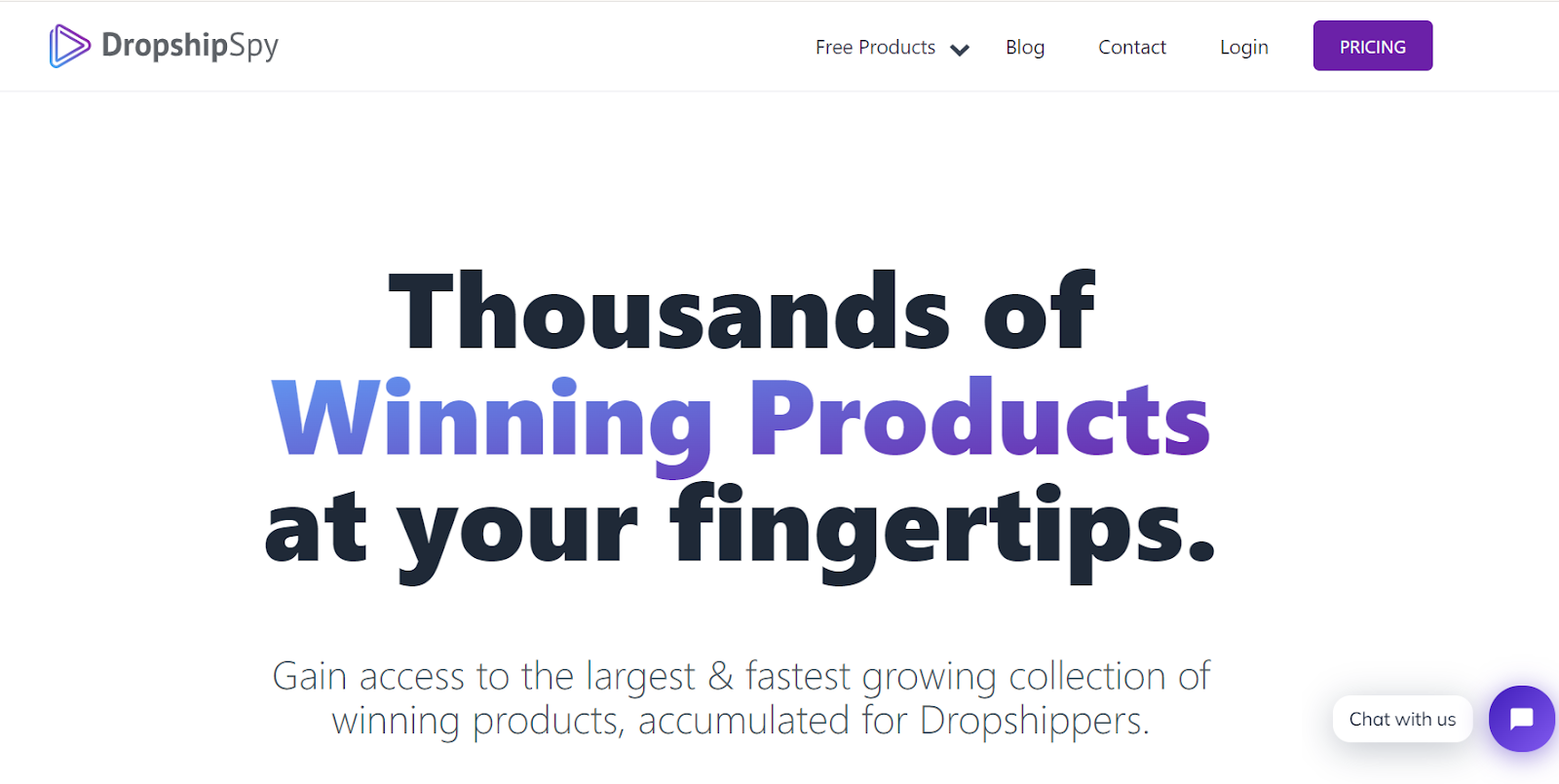Why do some products move quite fast in the market while others do not even attract attention? The answer is in getting used to dropshipping product research, a major essential for entrepreneurs, which keeps them away from the desert island of failed businesses. But what is product study itself, and how can you capitalize on its advantages? Let’s investigate!
What is Product Research?
Product research, a mixture of art and science that navigates consumer preferences and market trends, is the foundation of a successful product launch. It examines the market needs in depth, identifies new trends, and detects vacancies your product can fill, rather than just determining the sales.
Understanding Market Demands: Anticipating market needs involves predicting consumer behavior, societal changes, and technological advances. It is about foreseeing what people would want even before they realize it.
Identifying Trends: To spot trends, keep up with the industry news and make use of sites like Google Trends. The differentiation between long-term trends and temporary fashions is essential.
Identifying Potential Gaps: Identifying market gaps requires creativity, in addition to the knowledge of what clients want or what they do not like about the current products. Most of product success is brought about by meeting unmet needs that customers had no idea about.
Meeting Market Needs: Complete product research will result in the launching of a product that your target market will find compelling and a solution to their problems.
How To Do Product Research?
1. Use a Product Research Tool
Dropship.io – Best Overall Product Research Tool
Do you ever wish for a compass that points directly to the heart’s market needs? Dropship.io is exactly that. It goes beyond being just a tool; it is your way through the labyrinth of customer desires, lighting up the path to products that are yet to shine but are meant to. With Dropship.io, you can not only follow trends but also take a lead in them by making a move even before the market itself knows what it wants.
Jungle Scout – Best Amazon Product Research Tool

Picture yourself on the border of the Amazonian rainforest of e-commerce, prepared to stake out your land. Jungle Scout is the sharp machete in your hand, prepared to slash through the overwhelming data. It showcases the products behind the success of Amazon, the largest online marketplace in the world. You’re not just surviving but thriving, making the jungle’s chaos your kingdom with Jungle Scout.
Asify – Best AliExpress Product Research Tool
The treasure of AliExpress is in its variety of products. How do we single out the diamonds among the rocks? Asify is your sharp and precise guide, directing you to goods that offer more than good margins alone. Asify makes you not just a merchant but a treasure hunter – you dig out what others overlook.
Minea – Best Ad Spy Product Research Tool

Would you like to learn the ways of successful rivals and understand the formula of their winning products? Minea is that wish fulfilled, a spyglass through which one could look into the world of successful advertising campaigns. Minea is not just competition; it is also about plotting and learning from the victories and losses of those who came before.
Dropship Spy – Winning Product Research Tool

In dropshipping, the more you know the stronger you are. Dropship Spy is your secret service, spying out the products that are being talked about and are on the way to hit the market. This technology is not only about playing in the market; you are predicting the next big surprise with the information that others don’t possess.
2. Consider Your Interests and Gaps in the Market
Have you ever wondered, “Why can’t I get a product that can do X?” You are not alone. A lot of successful products were born out of a personal frustration. This is why our hobbies and identified market niches are an excellent starting point for product research.
3. Use Social Media

How to Do Product Research on Facebook
Think Facebook’s old news? Think again. It is not only a digital photo album of the past or a space to stalk what people who used to be close to you are doing. Think of it as a busy bazaar, where every nook and cranny hides something to be found. You are more than a mere bystander by going in niche groups and catching the wave of hot talks. You’re a treasure hunter, digging up products that are making people talk and winning their hearts.
How to Do Product Research on TikTok
TikTok goes beyond dance challenges or lip syncing battles. Imagine yourself as a cultural anthropologist, gleaning through the sands of viral content in search of the remains that will determine the next trend. TikTok is the birthplace of phenomena, a stage where products break away from the darkness into the limelight in the hands of a lively, youthful audience that cannot wait for the next big thing.
How to Do Product Research on Instagram
Instagram is more than selfies and sunsets. It is an assortment of the new wave, predominantly in fashion, beauty, and lifestyle. Every post, story, and reel is a snapshot of the present. Influencers are the ‘curators of cool’ – each displaying what they believe are the items of the season. When you look through their lens, you are not just a viewer but a trendspotter spotting products that sparkle with promise.
4. Google Trends

Google Trends is somewhat like a crystal ball for the web’s interests. It is amazing how a simple search trend analysis can uncover products that are just about to turn into everyday names. What does this have to do with you? As a leading and innovating company, this can make you distinctive in a saturated market. Picture yourself as the first to bring into the market a product that is about to become a hit. That’s the power of Google Trends!
5. Marketplace Research

How to Do Product Research on Amazon
Consider Amazon’s Best Sellers list as a treasure map. It doesn’t only tell you what people are buying; it shows what people are lusting after in the market. This list is like a hotline to consumer preference. And the best part? It is updated every hour, giving you an instant picture of the market movement at that exact time.
How to Do Product Research on eBay
Ebay is not only an auction platform, but is also a gate to the world of small niches and vintage gold. Have you ever thought of the opportunity that products in demand but not readily available provide? This is where eBay excels, in providing information on products that have a devoted but underserved market.
How to Do Product Research on Etsy
Etsy is where creativity and individuality come together. It is a paradise for handcrafted and artisanal products, and a treasure trove for identifying new trends in personalized products. Why does this matter? In the world of mass production, the hunt for a unique and individual thing is neverending.
How to Do Product Research on AliExpress
AliExpress offers something invaluable: an opportunity to have direct contact with Chinese factories. This is your VIP ticket to identifying items way before they become popular in mainstream markets. It’s a glimpse of the tomorrow in today. The opportunity here is massive, especially for those who want to introduce new products to their target market.
6. Trade Shows
Picture a world where the direction of industries in the future is not debated but determined. Trade shows are just that. It provides an exclusive platform to preview upcoming products, meet with the manufacturers themselves, and understand what direction the market is taking. It is the same as being in the center of creativity.
7. Facebook Ads

Why do some Facebook ads just get your attention? Studying Facebook ads that drive successful sales can provide an understanding of what products are captivating the audience. It’s a consumer interest cheat sheet.
What to Consider When Doing Product Research
When embarking on your product research journey, keep these factors in mind:
- Market Demand: Is there a real need for the product? Picture strolling through a busy market.What catches your eye? Is it the product that is omnipresent, or is it something special you can’t find anywhere else? This is what market demand is about. Ask yourself, “Is there a real demand for my product?” It is not what you want to sell, but what the consumers want to buy. Consider it as matching the right key to a lock. Does your product fit?
- Profit: Are you able to earn a good profit and sell the product at a competitive price? Let’s communicate by numbers. Suppose you are at a lemonade stand. You have your lemons, sugar, water, and cups. However, if it cost you more to make a cup of lemonade than what the buyer would pay for a cup, how long will your stand last? This is the point where you need to do some calculations. Can you sell your product at a reasonable price and at the same time keep your wallet happy? It is the discovery of that perfect balance of cost and value that is critical.
- Competition: What is the saturation level of the market, and can you provide a better or different product? Close your eyes and imagine yourself in the ocean. There are big fish, small fish, and then there’s you. How do you differentiate yourself from fish and become THE fish? Competitor analysis is very important. It is not only a question of being different, but of being the best. What makes you different from the others? Is it quality, price, or maybe an impressive customer service? Discover your edge and polish it.
- Product Availability: Can you get the product from a reliable source? This is like organizing the ideal dinner party. You have got your menu, guest list, and then suddenly you find out the ingredients you need are all out of stock. Frustrating, right? This is the reason why being sure that you can get the product from the source is so critical. It’s not only about what you sell but also about making sure it’s available when your customers need it.
- Customer Base: To whom are you selling and what do they want? By the way, do you have an idea of whom you are inviting? The process of understanding your customer base can be compared to creating an ideal guest list. It’s all about the people who would love the party. To whom are you selling and what are their buying triggers? Customizing your product and promotion to your audience is crucial in making guests loyal fans.
- Restrictions and Laws: Does exporting the product meet any legal barriers or restrictions? All games have their rules, and so does the market. What are the barriers or red tape? It is just like being aware that you have to get a license before you throw that grand party. Being updated about regulations not only avoids the risk of making mistakes but also creates confidence in your customers.
- Product Outlook: Is the product a fad or does it have staying power? In conclusion, is your product a shooting star, sparkling but disappearing, or is it a constellation, always there and leading? Determining if your product has the potential to last for a long time or is just a passing trend can be the turning point between a one-time hit and a long-lasting success.
Conclusion
Product research for dropshipping is the foundation of a profitable e-commerce business, not just a mandatory step. You will be able to identify things that not only sell but sell amazingly by staying updated on fashions, using the right tools, and understanding the market. Keep in mind that curiosity, diligence, and a dash of ingenuity are the elements of good product research. Now you know what works, get ready to take over the market!






